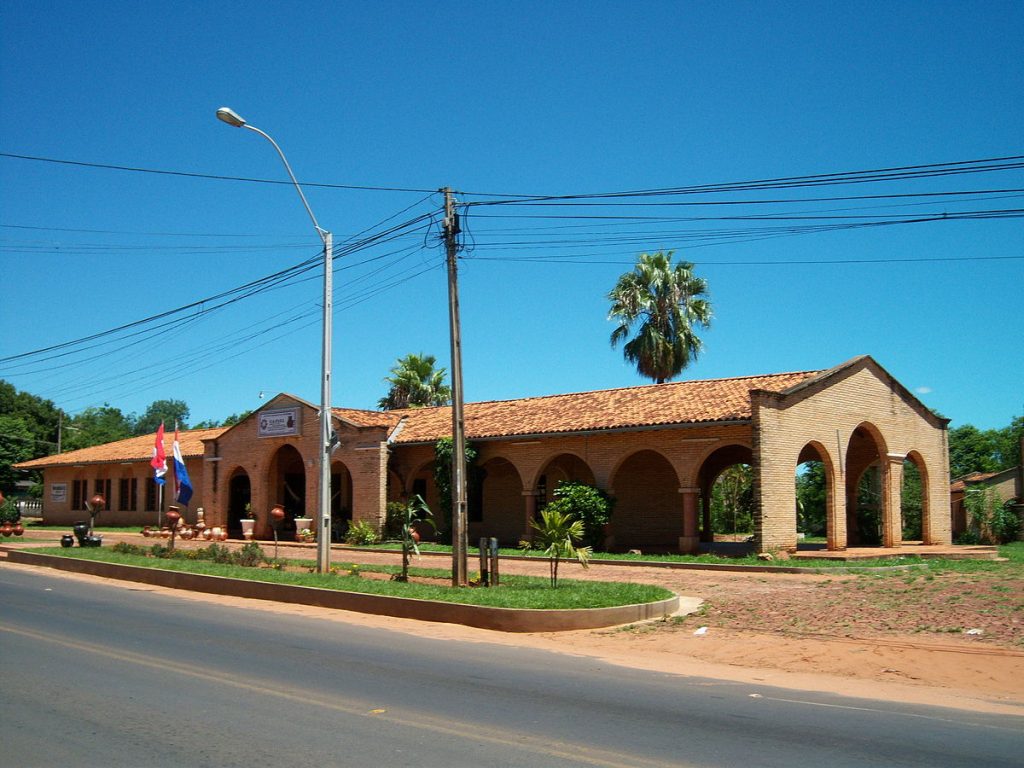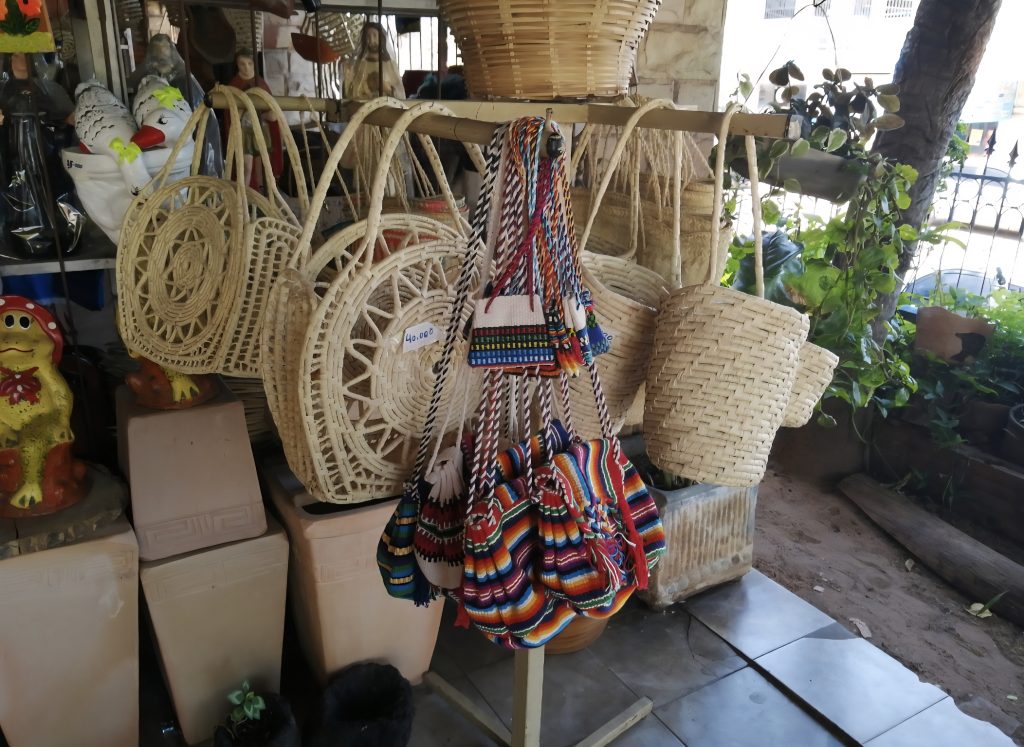For many, Asunción, founded in 1537, is the pride and reflection of Paraguay. But to truly unearth the country’s rich history and culture, it is rewarding to look beyond its borders. The Central Department, Paraguay’s oldest and most densely populated region, is a treasure trove of towns, with fascinating stories.
It was a cradle of expansion and a place of refuge, giving rise to settlements that sprang from explorations, military forts, chapels, or migrations. Over time, agricultural colonies and artisan communities were added, forming a heritage worth discovering.
The art that blooms outside Asunción
Every town in the Central Department possesses a unique essence and a deeply patriotic spirit. Whether you are an artist, a Paraguayan tracing your roots, or a tourist captivated by the nation, art manifests itself with unmatched force here.
These towns are known for the diverse styles, techniques, and cultural expressions that define and enrich their identity.
Guarambaré: Cradle of Paraguayan music
Just 28 km from Asunción, Guarambaré is Paraguay’s music capital. Its charm lies in its colonial architecture, green spaces, and above all, in being the birthplace of major figures in Paraguayan music. Harpist Luis Bordón for example, who achieved gold records, the “Sonidos de la Tierra” (Earth’s Sounds) orchestra, which has represented the town nationally and abroad and even Emiliano R. Fernández, who was also a poet.
While quality handicrafts can be found here, its musical legacy truly sets it apart.
Areguá: Capital of clay craftsmanship
It would be unforgivable not to visit Areguá, the capital of the Central Department, known for its clay handicrafts, ceramics, pottery, and sculptures. It is home to the famous “Expo Frutilla” (Strawberry Expo), where, alongside 100% Paraguayan artistic ornaments, you can enjoy lush landscapes and countless strawberry-based desserts. A symbol of the nation’s culinary creativity.
On the shores of Lake Ypacaraí, it offers views of colonial architecture preserved from the summer homes of old Asunción residents.
Itá: Town of the pitcher and honey

Founded in 1539, Itá is known for its women who mastered the art of making clay pitchers, or “Kambuchi” in Guaraní, using local clay.
This craft spread throughout Paraguay, as clay vessels are ideal for keeping water cool. Like Areguá, Itá also has its edible symbol: honey and products made from sugar cane. It is a picturesque town with the mysterious Itá Lagoon and numerous swimming spots.
In addition to pottery and clothing manufacturing, local art includes basket weaving, blanket making, Guarani-Hispanic ceramics, and rag dolls, all displayed at the Capici Artisan Centre.
Itauguá: The heart of Ñandutí
In the Central Department, just 30 km from Asunción, Itauguá is the “Town of Ñandutí.” This thread-based textile, whose Guaraní name means “spider web,” is a national treasure used in clothing, religious items, and decoration.
Hand-crafted with a special embroidery technique, ñandutí represents the skill, creativity, and tradition passed down through generations, and Itauguá is its quintessential home.
Luque: Music, jewellery, and sports
Luque is home to the International Airport and CONMEBOL headquarters, but it is also Paraguay’s “City of Music,” like Guarambaré. For Luque this is thanks to its manufacture of harps and guitars, and as the birthplace of international musicians.
It also functions as a centre for jewellery, goldsmithing, and filigree: a delicate metalwork technique essential to Paraguayan craftsmanship. Other local arts include pyrotechnics, “karanda’y” weaving, wood carvings, clothing, leather shoes, and artistic ironwork.

Ypacaraí: folklore in the Central Department
Ypacaraí breathes art. The Monument to Music, symbol of the Lake Festival, welcomes visitors as a living trophy of our culture. The Teodoro S. Mongelós House of Culture pays homage to icons like Mongelós and Demetrio Ortiz, composer of the immortal “Recuerdos de Ypacaraí,” (Memories of Ypacaraí), and also houses the Ypacaraiense Memory Museum.
The town saw the rise of bands like Salamandra and Bohemia Urbana. Since 1971, it has celebrated its heritage with a folklore festival that honours music, dance, crafts, and theatre, preserving the artistic essence of Paraguay.
Limpio: Karanday craftsmanship, and devotion
Lastly, Limpio, officially “San José de los Campos Limpios de Tapúa” is noted for its Catholic tradition and the Church of San José.
Like Luque, it is known for karanda’y-based artisan products and a strong industrial presence. It hosts the Karanda’y Renda Municipal Ballet and is a centre for ceramic sales. Key highlights include the water source of the nation’s first ecological sanctuary, El Peñón, San Francisco Island, colonial houses, and the historic port of Piquete Cue.

Exploring the Central Department
These towns, close to the capital, are not only ideal for tourists looking to explore beyond Asunción. But also for anyone wanting to immerse themselves in the art and culture that shape our identity. Alongside their artistic charm, they offer activities linked to nature, sports, and religion. Perfect to enjoy solo or with travel agency guidance.


